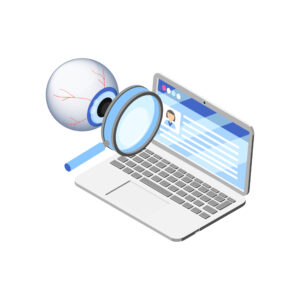Introduction
In today’s digital-first economy, businesses in the USA need technology that adapts to specific workflows and goals. Off-the-shelf software often falls short because it’s built for mass use. That’s where custom software development in USA makes the difference—delivering tailor-made applications that streamline operations, boost efficiency, and fuel long-term growth.
This 2026 guide explores the cost, process, and benefits of investing in custom software solutions for USA businesses.

What is Custom Software Development?
Custom software development is the process of designing and building applications specifically for a business’s unique needs. Unlike generic tools, it ensures:
- Alignment with business processes
- Scalability for future growth
- Enhanced security and compliance
- Long-term cost efficiency
👉 In short: custom solutions fit your business, not the other way around.
Custom Software vs Off-the-Shelf Solutions
| Factor | Custom Software | Off-the-Shelf Software |
|---|---|---|
| Fit | Tailored to your exact needs | Generic, limited customization |
| Scalability | Grows with your business | Often rigid, requires plugins |
| Cost | Higher upfront, lower long-term | Cheaper upfront, costly licensing |
| Security | Advanced, business-specific | Shared vulnerabilities |
Verdict: If flexibility and long-term ROI matter, custom software wins.
The Software Development Process in USA
Partnering with the best custom software companies in USA typically involves:
- Discovery Workshop – Understanding goals and requirements.
- Market Research & Analysis – Ensuring industry fit.
- Technical Feasibility Study – Validating technology choices.
- Product Strategy – Defining roadmap and priorities.
- Design & Development – UI/UX followed by coding.
- Testing & QA – Checking performance and security.
- Deployment & Support – Launching with ongoing updates.
👉 According to Gartner’s research on software development trends, following a structured process reduces risks and accelerates time-to-market.
Custom Software Development Cost in USA (2026)
The cost of custom software development in USA depends on complexity, features, and team expertise.
Rough breakdown:
- Simple Web/Mobile App: $25,000 – $50,000
- Mid-Level Business Solution: $50,000 – $120,000
- Enterprise-Grade Platform (AI, Cloud, Integrations): $150,000+
Key cost factors:
- Number of features
- UI/UX design complexity
- Tech stack (AI, cloud, mobile)
- Development team location (onshore vs offshore)
Benefits of Custom Software Development for USA Businesses
- Efficiency: Automate repetitive tasks.
- Competitive Edge: Unique features competitors don’t have.
- Scalability: Expand as your business grows.
- Integration: Seamlessly connect with CRMs, ERPs, and external tools.
- Security: Advanced, industry-specific protection.
Industries in USA Using Custom Software
- Healthcare: Patient portals, AI diagnostics, compliance apps.
- Finance: Mobile banking, fraud detection, risk management.
- Retail & E-Commerce: Inventory systems, AI personalization.
- Manufacturing: Automation, supply chain visibility.
- Startups: MVPs, SaaS platforms, marketplaces.
How to Choose the Right Custom Software Partner in USA
When evaluating vendors, USA companies should check:
- Portfolio & Case Studies – Proven track record
- Technical Expertise – AI, cloud, mobile, DevOps
- Communication – Transparent and collaborative process
- Scalability – Ability to support long-term goals
- Maintenance – Post-launch reliability
👉 Explore our Custom Software Development Services and Digital Transformation Solutions to see how we help USA companies grow.
Conclusion
Custom software development in USA is more than building apps—it’s about creating future-ready digital solutions. From boosting efficiency to unlocking new revenue streams, it’s a long-term investment in adaptability and growth.
Ready to get started? Our team at SolutionsLoft specializes in Custom Software Development, AI, Cloud Engineering, and Digital Transformation for USA businesses.
Contact us today to schedule a free Discovery Workshop and start building your custom solution.




